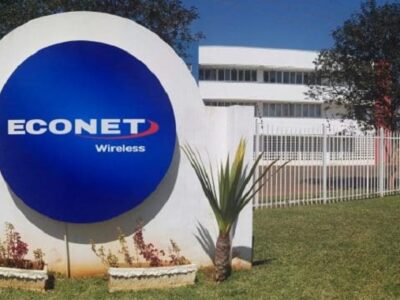In Zimbabwe’s fast-evolving digital landscape, Liquid Intelligent Technologies continues to tower above its competition, solidifying its position as the country’s leading Internet Access Provider (IAP). The latest figures from the Postal and Telecommunications Regulatory Authority of Zimbabwe (POTRAZ) for Q4 2024 reveal that Liquid now commands an astounding 82.04% share of the country’s equipped international internet bandwidth capacity a sharp rise of 4.21 percentage points from the previous quarter.
This commanding lead does more than reflect numerical dominance; it underlines Liquid’s role as a critical pillar of Zimbabwe’s digital infrastructure. According to a Harare-based telecom analyst, “Liquid’s consistent investment in infrastructure and international capacity has positioned it as the backbone of internet access in Zimbabwe. It’s not just market share it’s influence.”
The company’s bandwidth capacity saw a significant leap from 850,000 Mbps in Q3 to 1,150,000 Mbps in Q4 2024—a 35.29% increase. This dwarfs the performance of rivals such as TelOne and Dandemutande, whose capacities either remained stagnant or saw relatively minor growth. TelOne, once considered a formidable competitor, saw its market share slip from 17.86% to 13.91%, a clear sign of Liquid’s tightening grip on the sector.
What’s even more telling is how this expansion reflects wider digital trends. The total used incoming international internet bandwidth for the country surged by 110.43%, rising from 422,518 Mbps to 889,102 Mbps. This meteoric rise points to a growing national appetite for connectivity, driven by increasing reliance on online education, remote work, e-commerce, cloud services, and entertainment streaming.
Remarkably, Liquid has managed this growth in the face of persistent economic headwinds. Despite inflation and currency volatility, the IAP sector recorded a 69.50% increase in nominal revenue, reaching ZWG2.09 billion in the fourth quarter. Even when adjusted for inflation, the sector still posted an 11.38% growth in real revenue, all while both operating costs and capital expenditures saw declines. The numbers suggest not just expansion, but efficient, calculated scaling.
Still, the race isn’t entirely static. Dandemutande recorded the highest relative growth in capacity, expanding by 52.58%—yet its overall market share edged down to 1.89%, highlighting the sheer dominance of Liquid’s scale. Telecontract, a smaller player in the sector, maintained its 0.18% share while boosting its capacity by 25%, signaling ambitions to carve out a niche of its own.
As Zimbabwe’s digital economy accelerates, Liquid’s supremacy offers both promise and provocation. Its scale positions it to drive further connectivity into rural and underserved regions. It also raises questions: Will its dominance encourage healthy competition or entrench monopolistic tendencies? Will consumers see more affordable data pricing or continued pressure on household digital budgets?















Comments